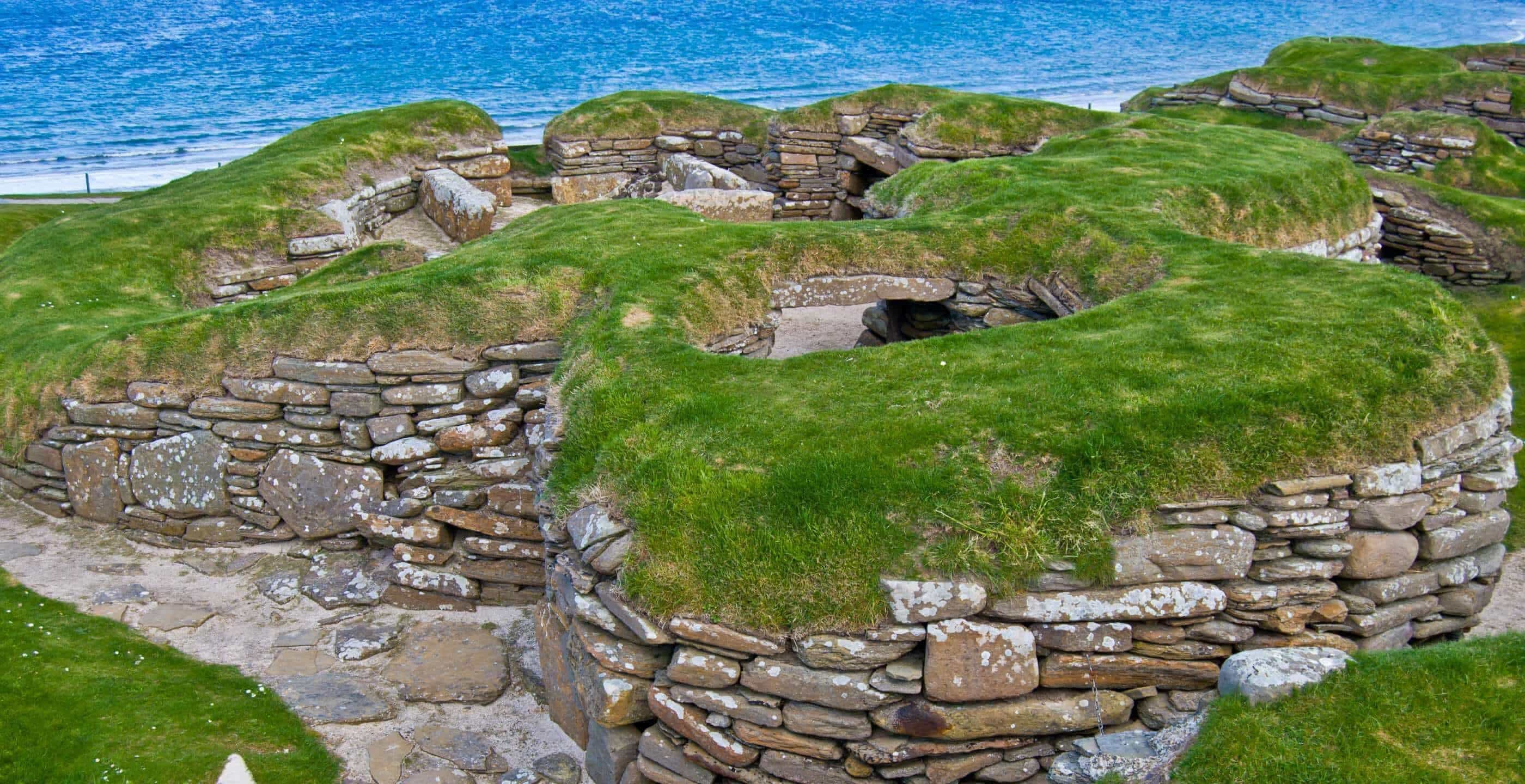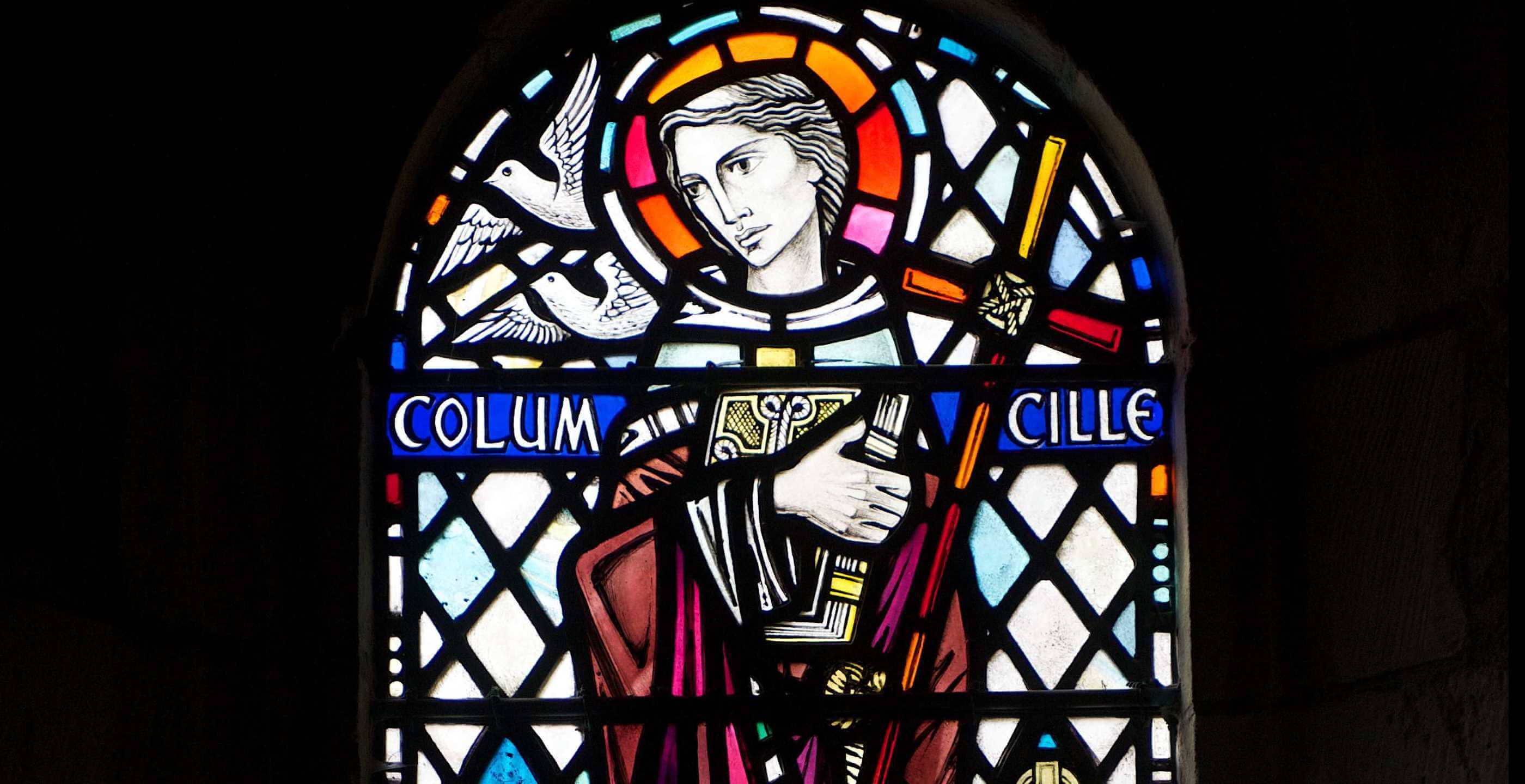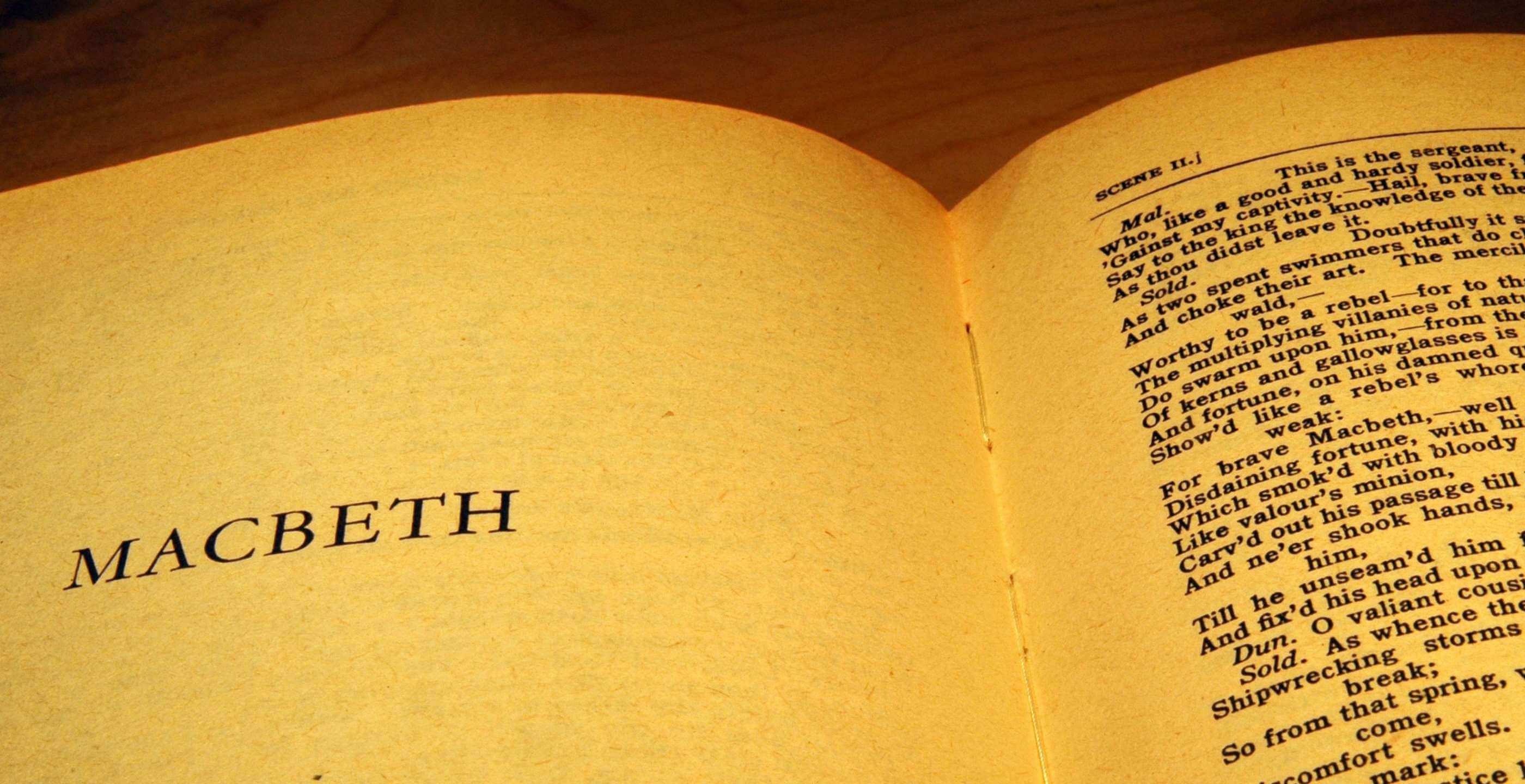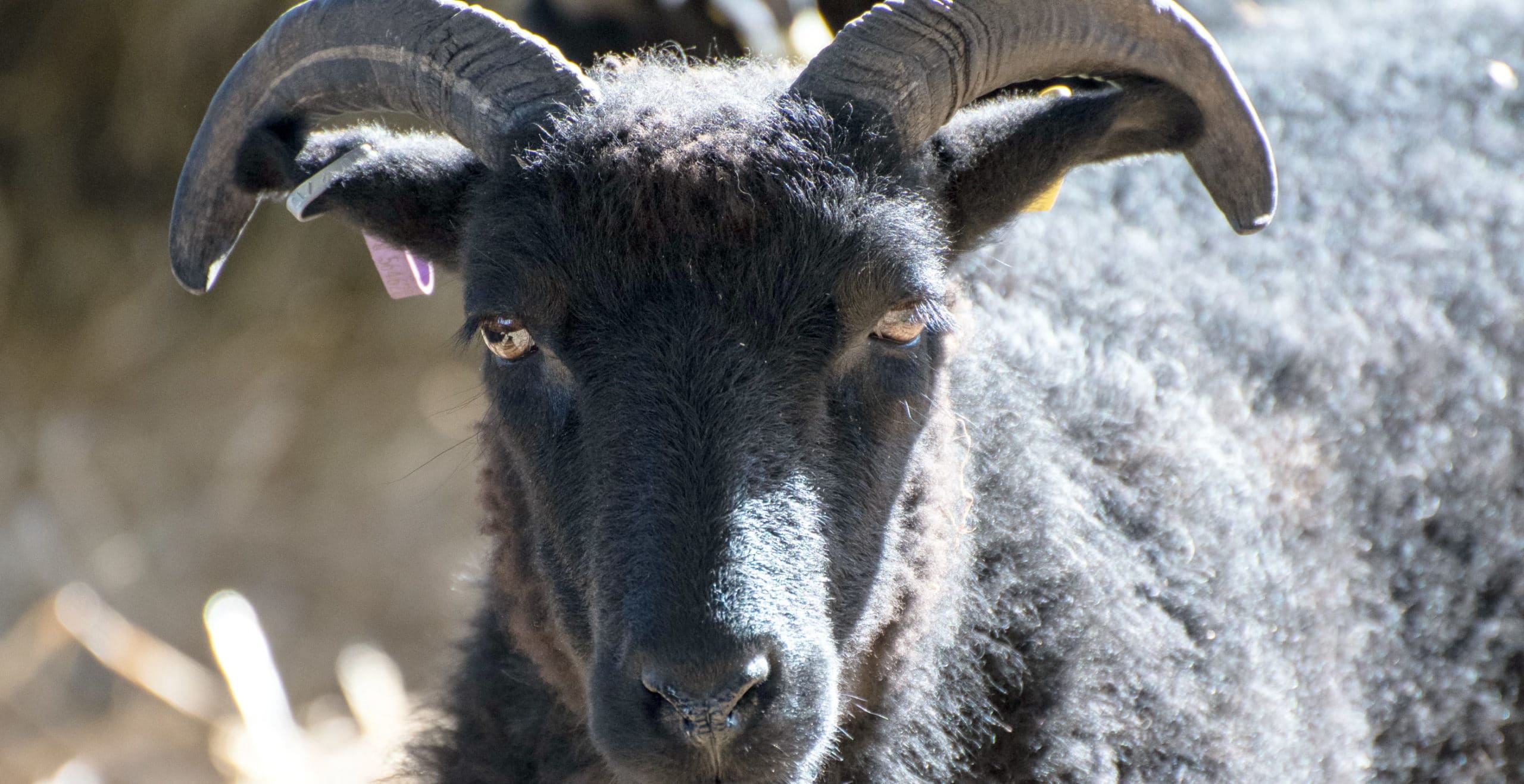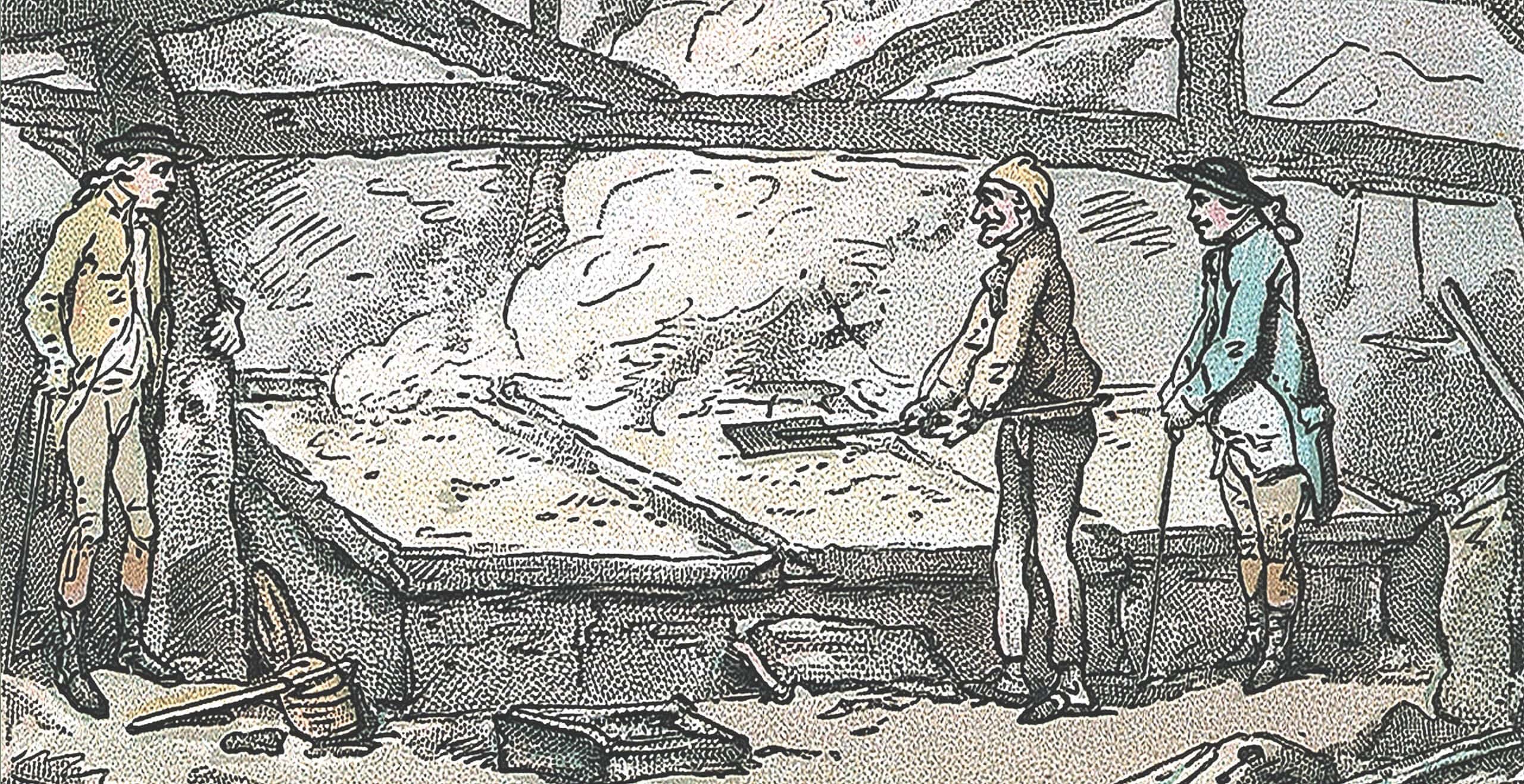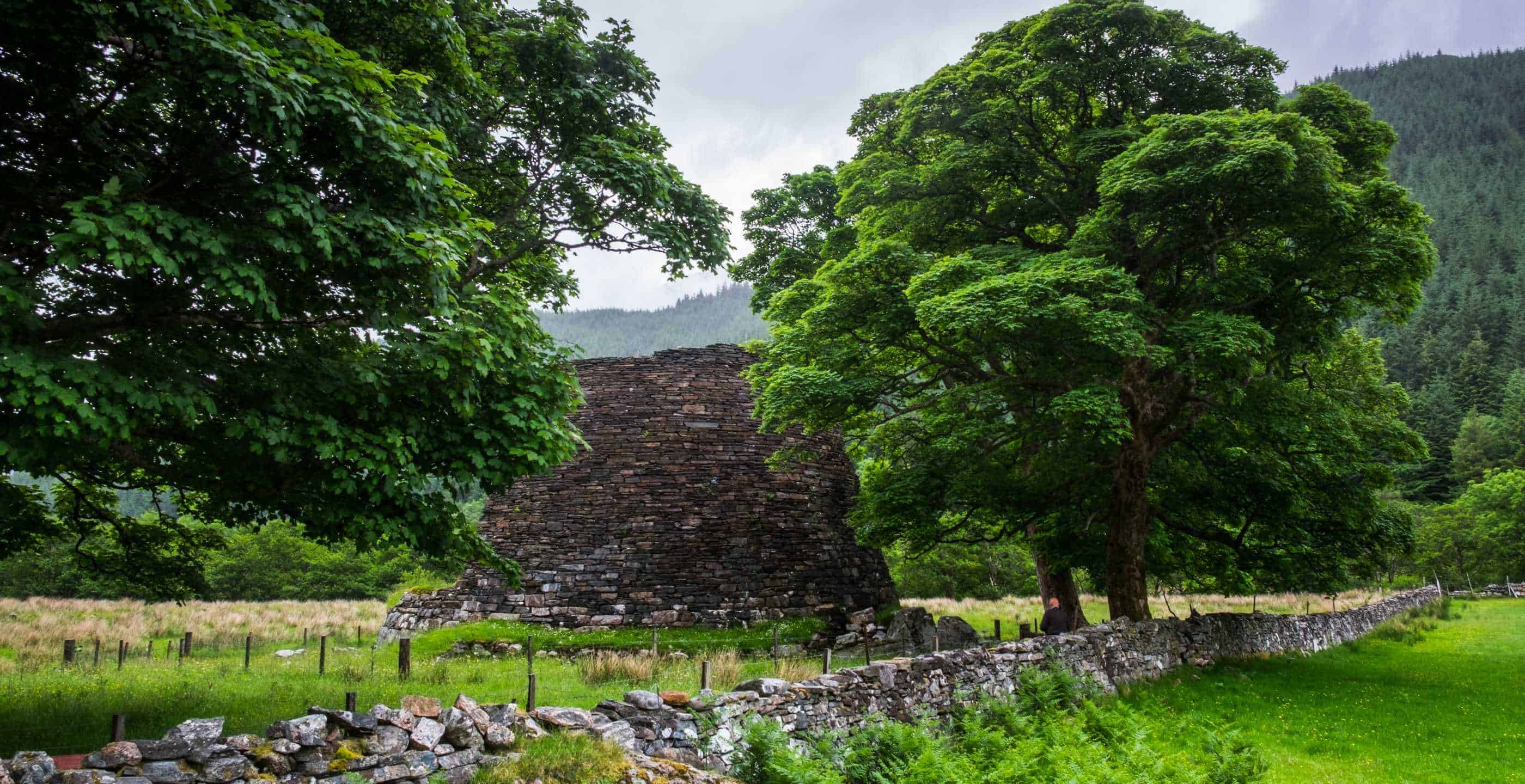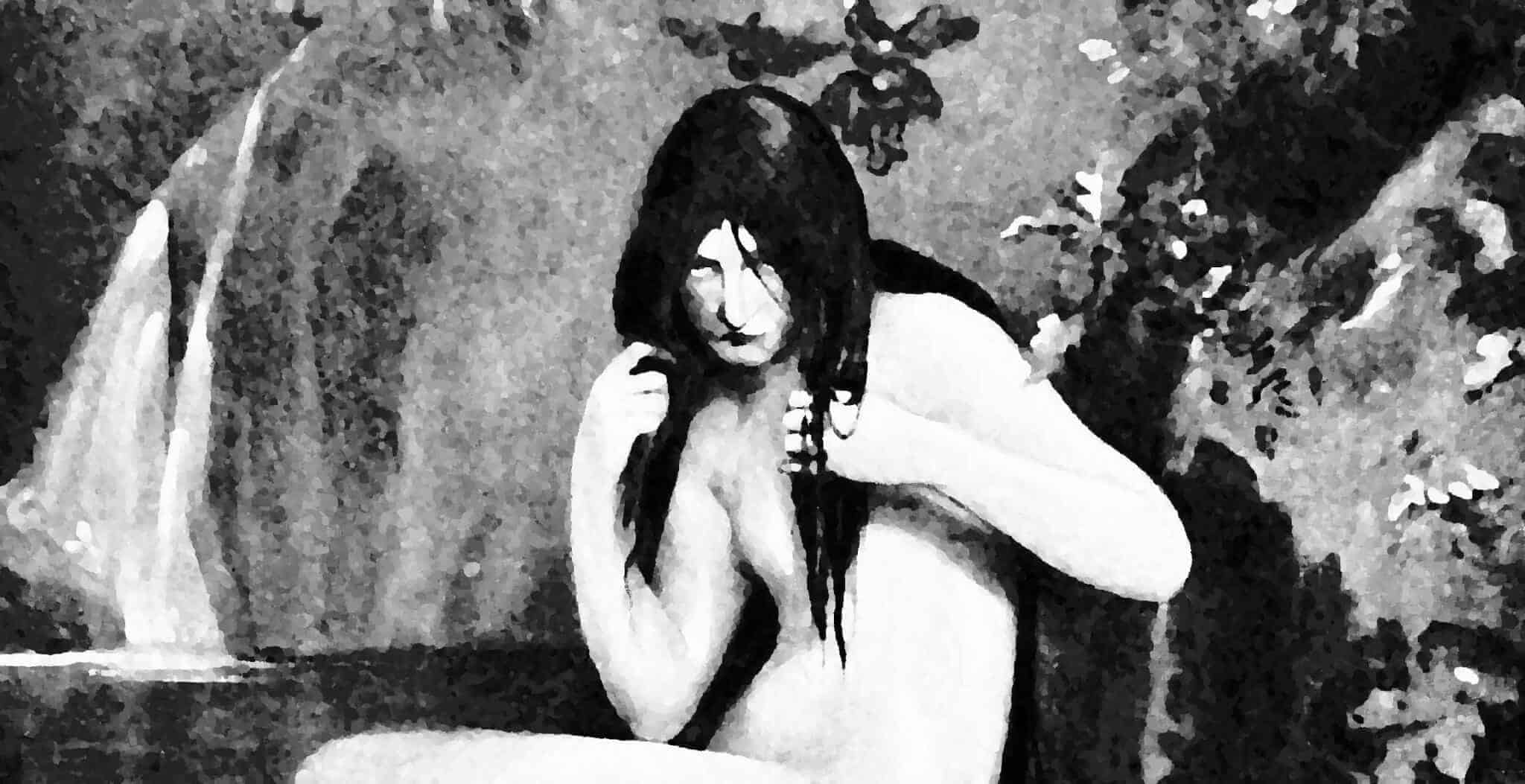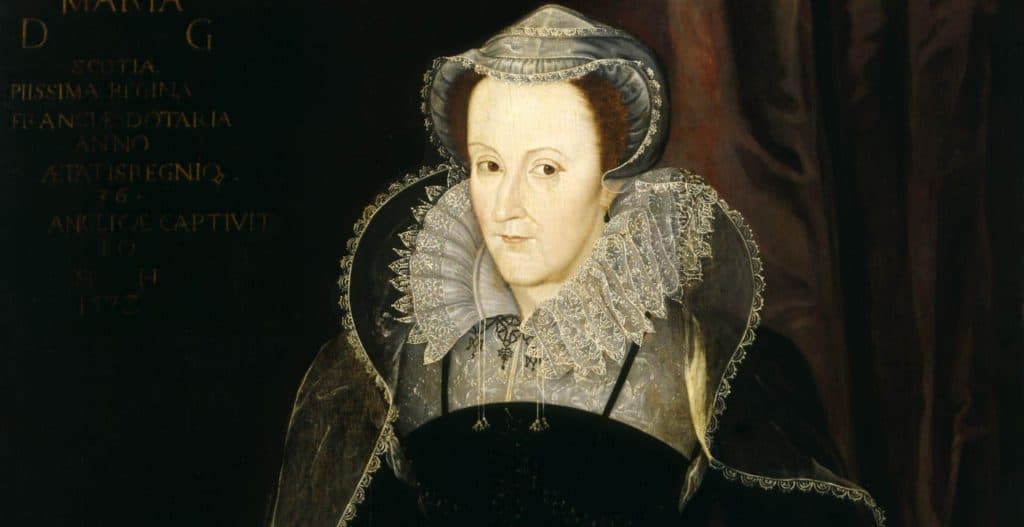To many people on the UK mainland and beyond, the Shetland and Orkney Islands are ‘somewhere up at the top’ of the map of Great Britain.
In fact the Shetland Isles are located in the North Atlantic, as close to Norway as to Aberdeen. Shetland consists of a group of 100 islands with approximately 900 miles of coastline and a population of around 23,000. The Orkney Islands are located six miles north of the Scottish mainland. There are about 70 islands within the Orkney archipelago, 17 of which are inhabited.
Both Orkney and Shetland are unique and unlike any other part of Great Britain. They have managed to retain many of their original, unique customs and traditions resulting from their long and eventful history.
In the early 8th and 9th centuries the Vikings arrived in the Shetland Islands looking for land and for the next 600 years or so the Norsemen ruled both Orkney and Shetland. Surprisingly, although the Vikings had a reputation as fearsome warriors, they settled down and became farmers.
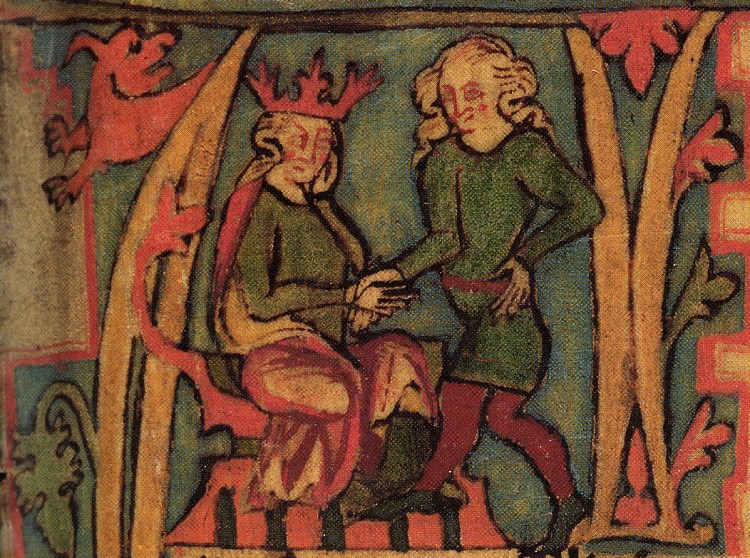
In 1468, the impoverished Christian I, King of Denmark, Norway and Sweden, pawned the Orkney Isles to James III of Scotland in lieu of a royal dowry for 50,000 florins. The Shetlands were pawned for a further 8,000 florins.
The Norsmen left their mark on the islands and some of the Norse legends and customs are still kept alive during festivals held throughout the year on the islands.
The Fire Festival of Up Helly Aa, is held every year in Lerwick, Shetland on the last Tuesday in January to celebrate the end of Yule. Over 900 colourfully dressed “guisers” follow the Jarl’s squad of Vikings and their longship through the darkened streets of the town to the burning site. Here the official ceremony ends in a spectacular blaze as 800 flaming torches are thrown into the galley. Then follows a night of revelry as each of the 40 plus squads visit the local halls and put on wild and amusing sketches to entertain their hosts.
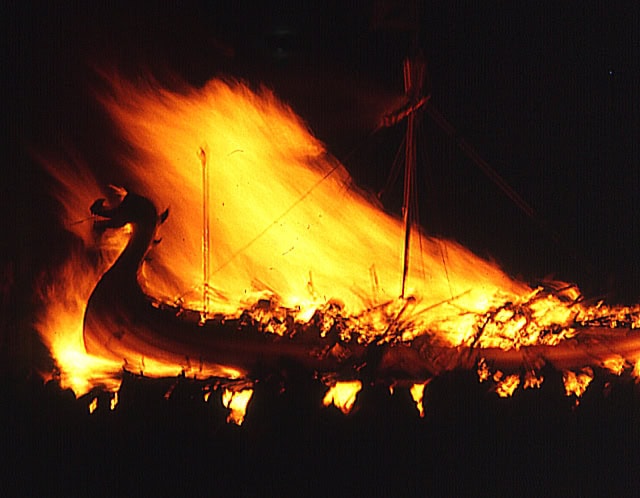
There are also many other old customs dating back to the Norse occupation that are still followed.
For example in Orkney, urine is smeared on the plough before cutting the first furrow in Spring, in order to promote fertility in the soil. At harvest time, the first sheaf used to be made into a kind of porridge, and the last household to finish harvesting had a straw dog, called the ‘bikko’, placed on its chimney stack. A great insult and humiliation! It is said that the secret society of the ‘Horseman’s Word’, whose initiates are told a word that gives them power over horses, is still strong in Orkney.
Pirates, press-gangs and smugglers were part of life for the people of Orkney and Shetland for centuries. One of these notorious villains was John Fullarton, an 18th century Orkney ship’s captain. He was ruthless and hated all whom opposed him, but his end came when he boarded a Scottish merchant vessel, The Isabella, and killed the commander, Captain Jones. Jones’ courageous wife Mary drew a pistol and killed Fullerton. She was known ever after as the Pirate Slayer.
Smuggling was the most profitable of all the island’s trades. As late as the 1860’s customers could buy smuggled gin over the counter of a Kirkwall bank!
On St Ninian’s Isle, mainland Shetland, stands a ruined medieval chapel which is believed to have been Shetland’s first Christian church dedicated to St Ninian. In 1958 a hoard of silver ornaments were found on the chapel site…. perhaps hidden from Norse marauders 1200 years ago?
Fair Isle in Shetland gave its name to the unique, multi-coloured knitting designs on the islands famous woollen sweaters. It is claimed that these designs were copied from the clothing worn by shipwrecked Spanish sailors from the Armada. These men landed on the shore when their ship El Gran Grifon ran onto the rocks below the cliffs at Stronshellier in 1588.
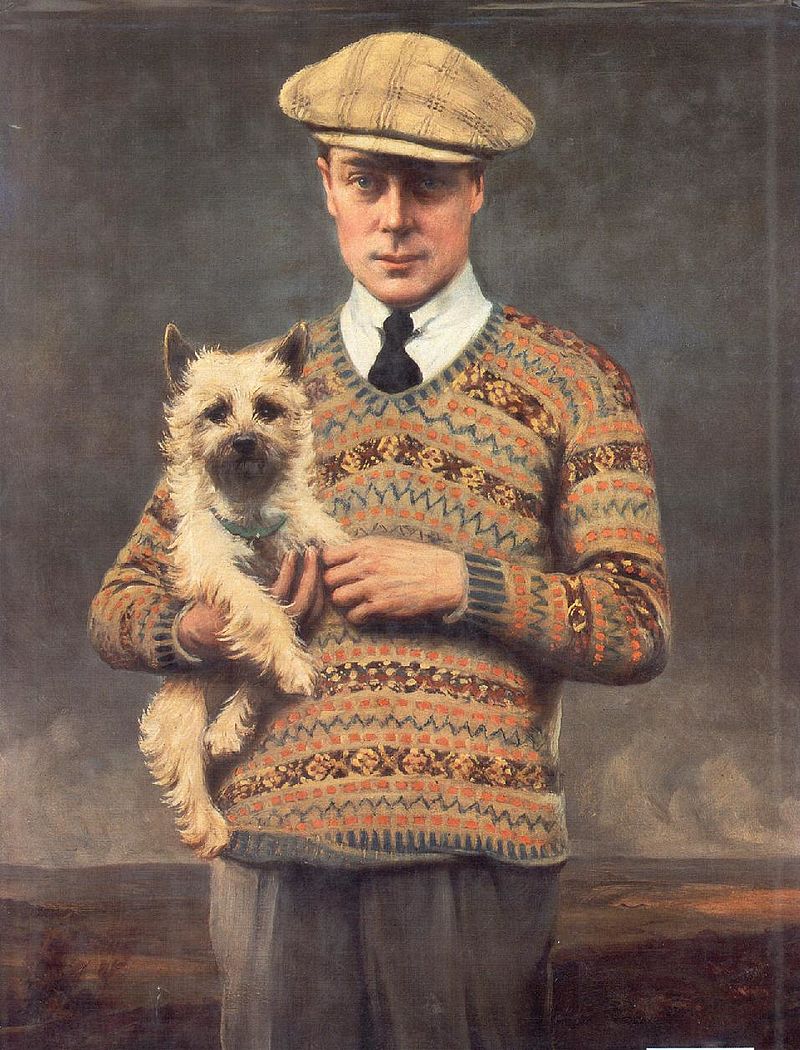
Many of the traditions and customs of Orkney and Shetland have survived due to the relative inaccessibility of the islands in the past. Modern air travel and reliable ferries may bring more people to these islands, but it is hoped that these traditions will continue for many centuries to come!
